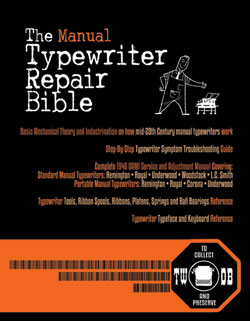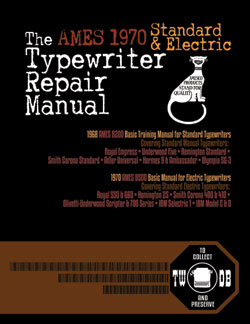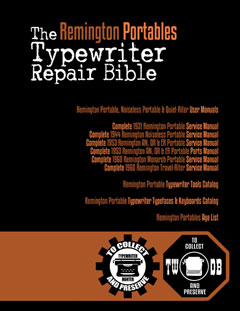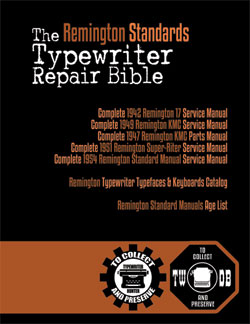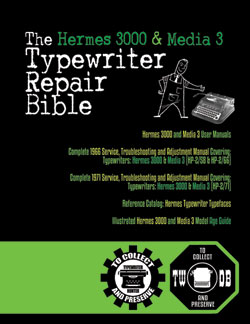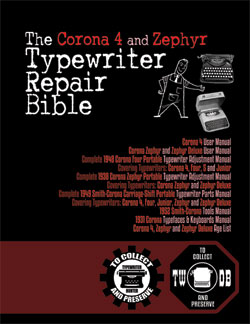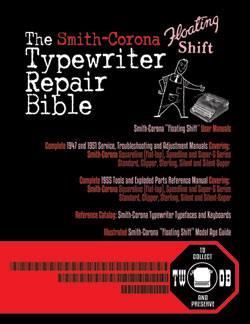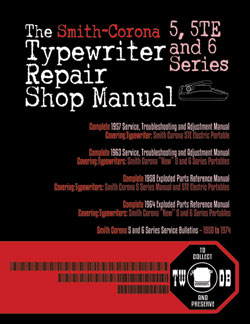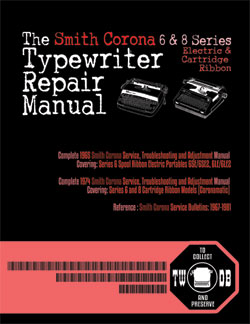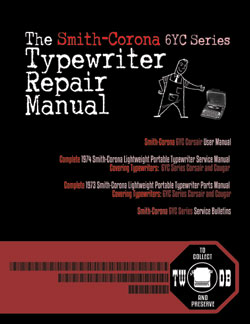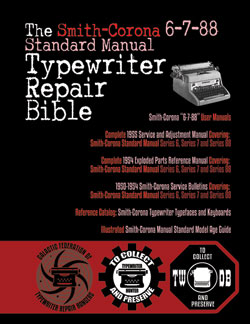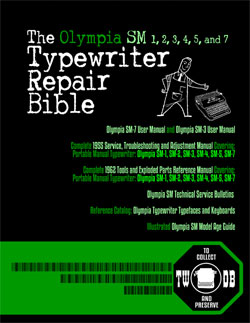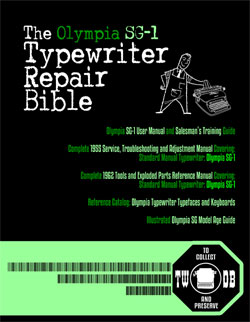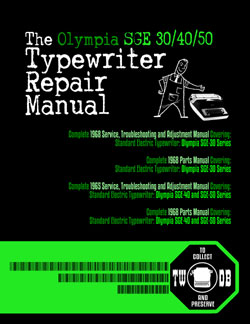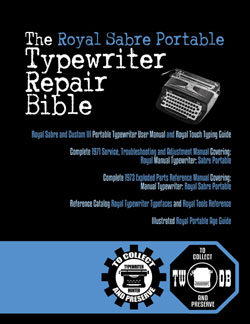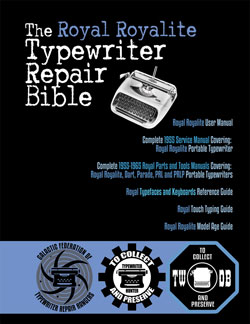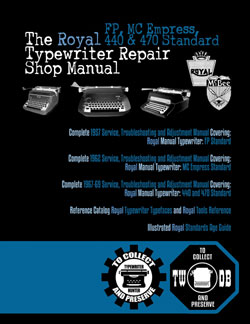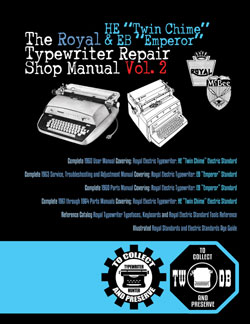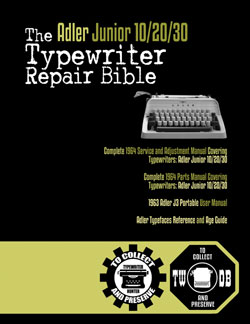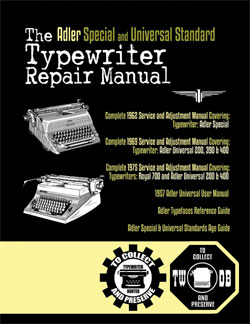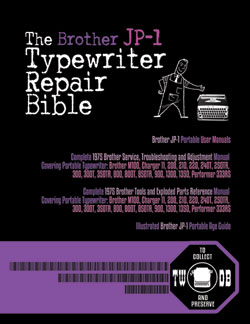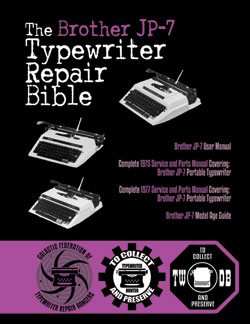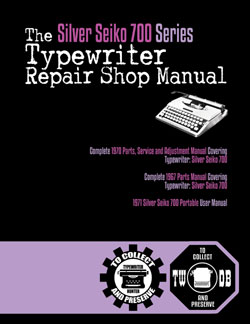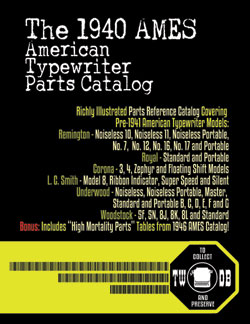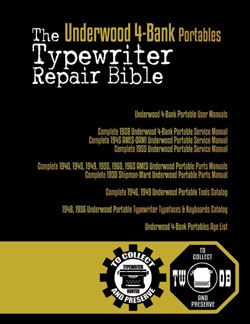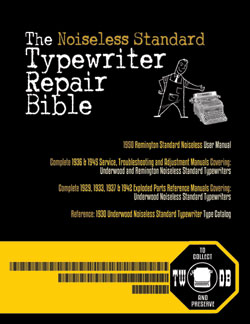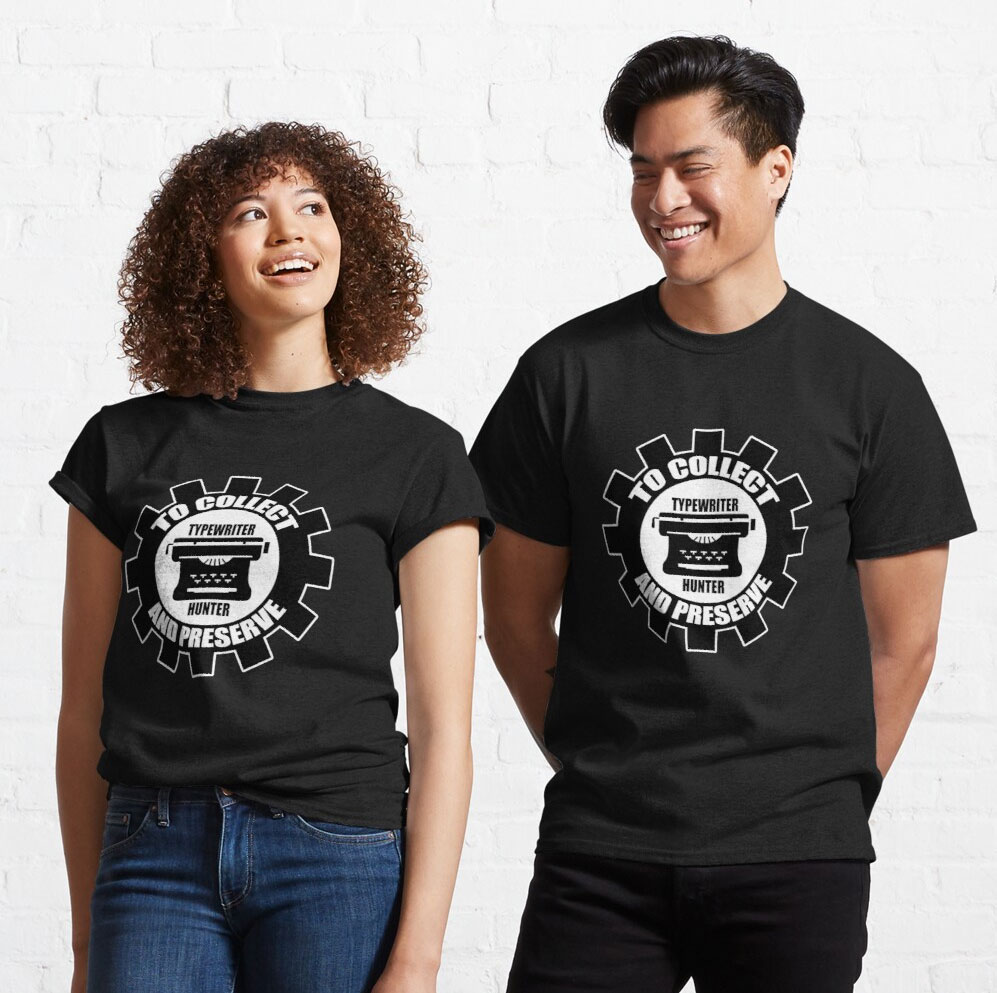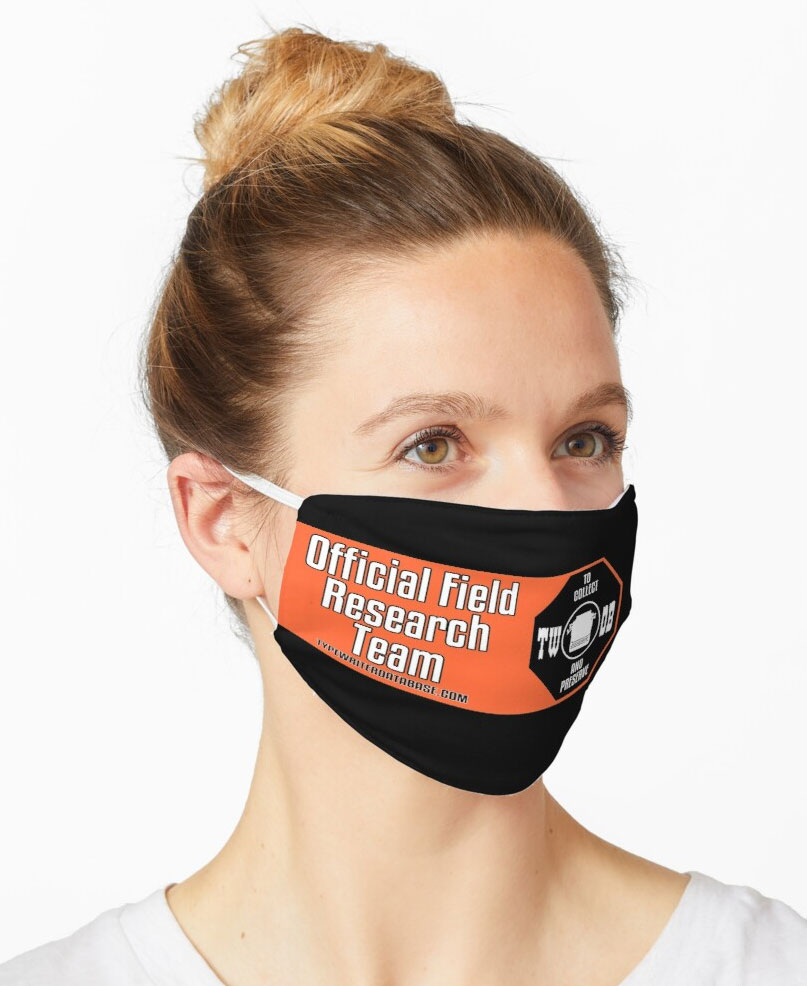1984 Facit 1740 #428790852
Status: My Collection
Hunter: Dan Johnson (rdj)
Created: 06-18-2014 at 10:44AM
Last Edit: 07-29-2015 at 05:01PM
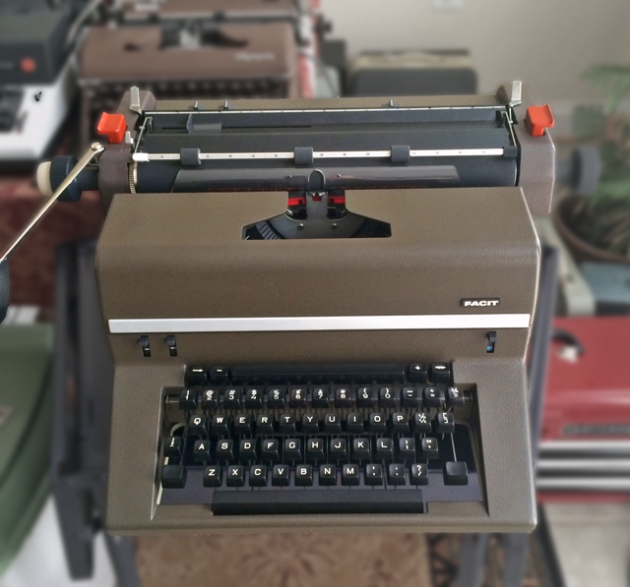
Description:
This may very well be the last typewriter that I ever "need".
This is a Facit 1740 (made in Brazil) that I was fortunate to obtain in true New, Old-Stock (NOS) condition. It came in its original shipping box with all the original packaging stops in place, clear plastic covering, custom-formed styrofoam, and original paperwork. It was clear from close inspection that it had never been used other than, most likely, to produce the QC sheet.
_Construction_
It is large (wider than an SG-3!) with all-metal construction, but it is not as heavy as one might think, because all of that metal seems to be aluminum, including the cast portion of its substantial carriage platform. The attractive stripe across its front is pristine, brushed aluminum.
Although the carriage-shift is somewhat weighty compared with most other typewriters, it feels sure with a pronounced stop.
Alas, this typewriter is a creature of the 1980s. Despite its otherwise bullet-proof, tank-like construction, there are some minor material economies that can become points of failure that one would not expect to encounter in, say, an Olympia SG-3. In this case, a small, plastic retainer that holds one end of the horizontal component of the paper bail to its swing arm had split in half. (Strangely, the horizontal paper bail bar is easily removable!) For now, a geeky-glasses-fix of some white electrician's tape holds it in place.
Incidentally, the machine feeds the paper cleanly under the paper bail without requiring that any part of the paper bail mechanism be touched. Smooth!
_Unusual Half-Shift_
Its half-shift is rather unusual: instead of the typical "trick" of performing a half-space on the down-stroke of the spacebar, there is a special "half-space" lever that shifts the segment a half space to the left. That means a long-dash can be typed without a backspace: hyphen, half-shift+hyphen, hyphen does it!
More important, implementing half-shift in this way frees up the spacebar mechanism so that the spacebar completes the entire "spacing" motion on the downstroke! For rapid typists who depend on action cadence that is consistent between the spacebar and other keys, that neatly avoids the types of errors that sometimes arise when the spacing mechanism involves syncopation as on most other typewriters.
_Unusual Characters_
It has quite a few unusual features. In addition to extra-large, square brackets ("[", "]") (as well as over-sized parentheses). The typeface is as 12-pitch Elite with very nice-looking, crisp, highly legible glyphs.
It also has what seemed at first to be a "shading character", but Uwe Wachtendorf informs me that it may have been intended as a "check protector" to fill out the space where the amount is written out on banking checks to discourage alternation. There's not much need to write many checks in these EFT days, however, this glyph makes a dandy substitute for "/" in hastily striking out (vs. erasing) typos. You can see an example of this in the type sample.
_Three Margin Settings_
There are three margin settings. This allows allocation of a portion of the extra-wide carriage into a secondary typing region. Why might this be useful? Consider a layout in which headings are formatted with a hanging indent. Normal carriage-return is used while typing ordinary paragraphs, and a simple margin-release plus an extra shove of the carriage positions typing to the left of the text.
In a similar way, using a secondary typing region on the right makes it easier to avoid mistakes typing (repetitive) table of contents lines with dots filling the space between section titles and page numbers. The "middle margin" gives you a carriage full-stop before switching to the "right region" to type the page number.
_Secondary ("Permanent") Tab Stops_
As personal computers such as the IBM PC and the Apple Macintosh were coming into common use with their fancy word processors, it makes sense that designers of manual typewriters might be trying to come up with purely mechanical ways of adding functionality to these machines.
That shows up in this Facit in its unusual feature of a secondary, or alternate, set of tab stops that can be switched into service in place of the ordinary tab stops. There is an aluminum rod that runs the length of the carriage (it's highlighted in several gallery pictures) with its own column scale and a set of sliding plastic "clips", or indicators. From the manual:
"Pre-set tabulator selector – used primarily for frequently recurring tables and layouts of different types. Acts as a 'tabulator memory'. Programming: turn the selector up and withdraw the program bar. Move the paper guide to position 0. Insert the desired form into the typewriter. By means of the space bar, move the typing uunit to the desired tabulator positions. Using the position mark of the line finder and the scale on the paper bail read the tabulator position. Then set the tabulator clips in accordance with the program bar. Engagement: Insert the program bar in the typewriter. Clear previous tab stops. Move the selector down. The Pre-set tabulator is now engaged. Pre-set tabulator stops can be temporarily supplemented or eliminated by the conventional tab set and clear lever. The Pre-set tabulator is disengaged by clearing all tab stops."
This is the first time I've seen the word "programming" in the instructions for a manual typewriter! (Of the four Facit models that the guide addresses, only the 1830 and 1740 come with this "Pre-set tabulator" feature. The smaller 1845 and the 1620 models do not.)
_Overall Initial Impressions_
As I said, this may be the last typewriter I will ever "need". It is transportable, not portable, so it will never quite take the place of the many wonderful machines with which I am blessed to have available to me. Despite not yet having experienced extended typing sessions, this one already "feels" like it will end up on the short-list of go-to typewriters if not on top.
I love the half-space mechanism, and the "shading" character is going to see some use, I'm afraid, but it beats having to cross-out mistakes with slashes! The typeface itself is beautiful and crisp, and I prefer 12-pitch anyway.
Although I never anticipate needing to type on the same form over and over, the "Pre-set tabulator" feature will allow me to set "default" tab stops for myself every 8 columns with which I am accustomed typing on computers.
If you are fortunate to find one of these, based on this one, I can certainly recommend it. It's made this Typospherian quite happy so far!
Typeface Specimen:

Links:
Photos:
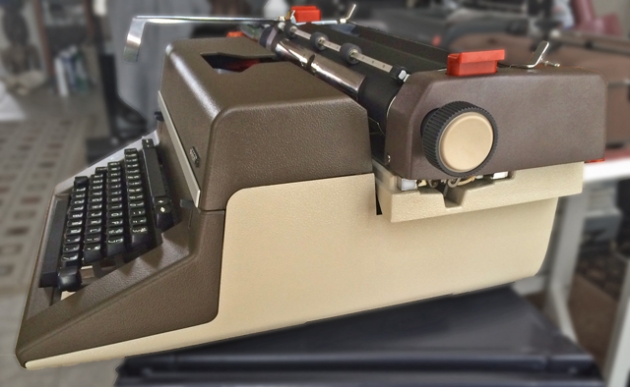
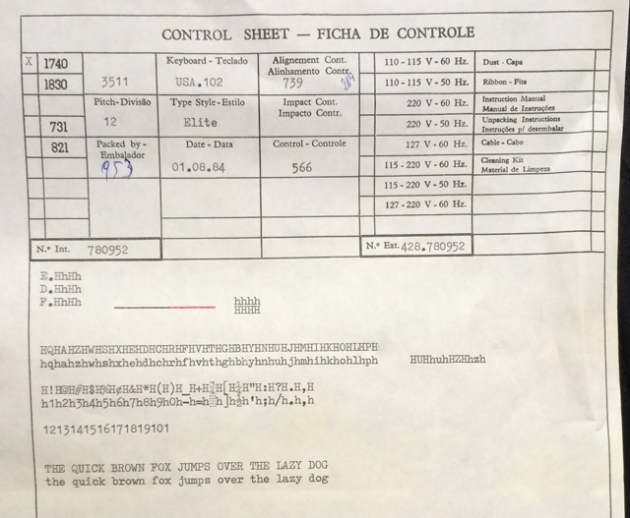
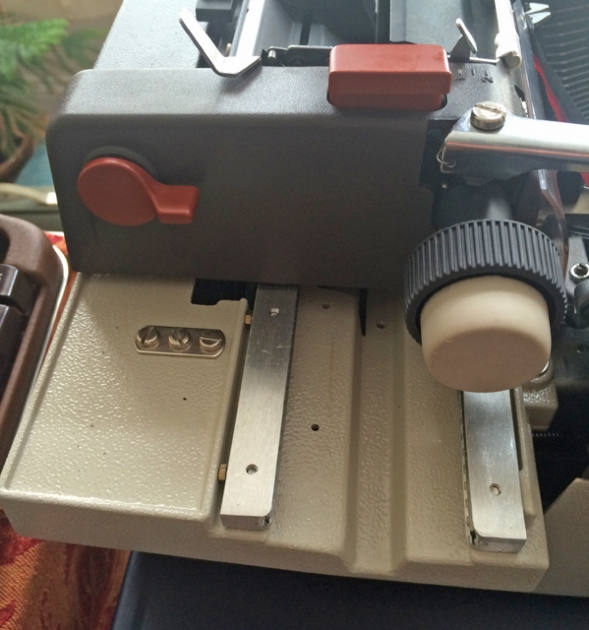
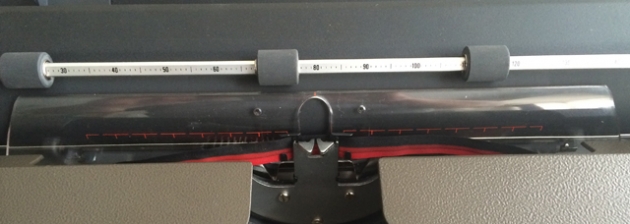
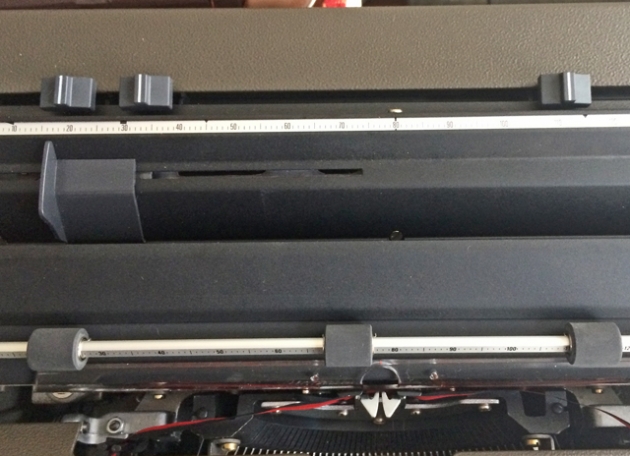
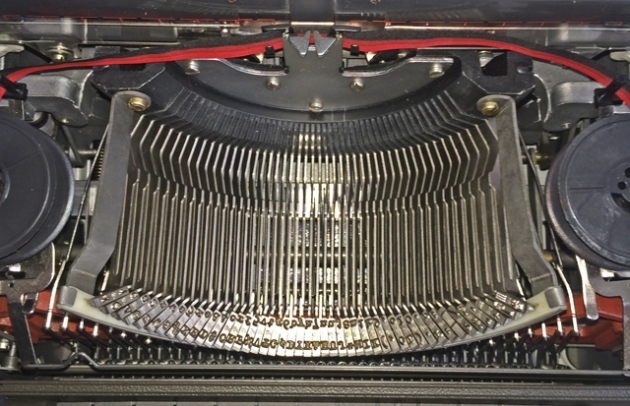
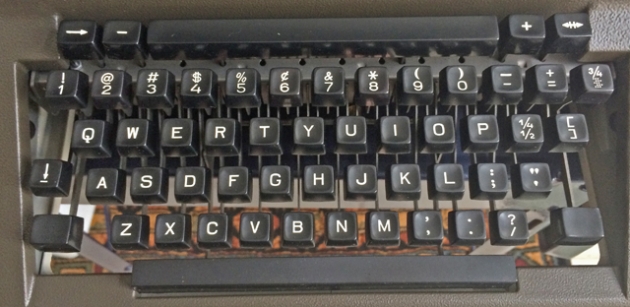
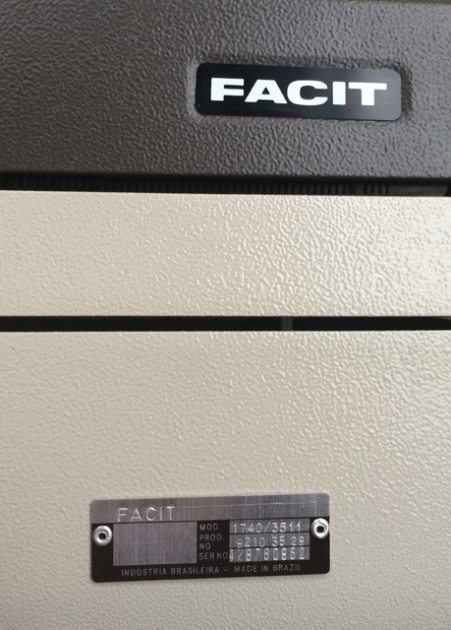

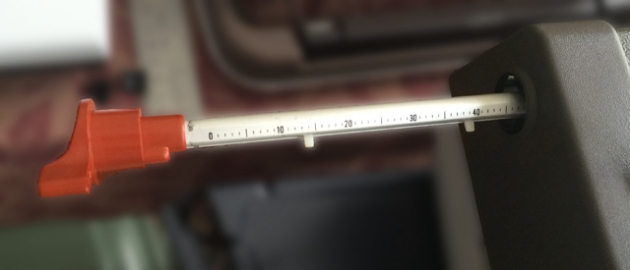
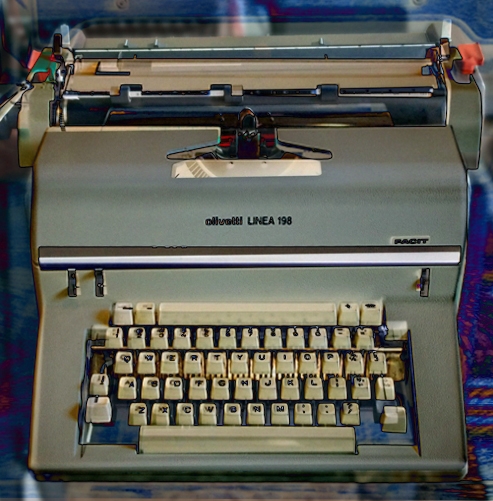
Hunter: Dan Johnson (rdj)
Dan Johnson's Typewriter Galleries [ My Collection ] [ My Sightings ]
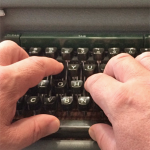
Status: Typewriter Hunter
Points: 948
I have always loved typewriters along with other kinds of well-engineered tools and devices such as slide rules, calculators (particular HP), radios, cameras (particularly Nikons), and microscopes. In addition to appreciating their intrinsic beauty and utility, they represent "things that need to be figured out to be understood". That's how I first learned about computers and programming in the 1970s, by figuring things out for myself. It's activity in which I never seem to tire of engaging.
Although communities have arisen around other collection interests, typewriters have the advantage that those who use them also typically enjoy communicating through words, whether those words are about the machines themselves or their lives, hopes, dreams, or expressions of beauty. There's much to be appreciated here.
RESEARCH NOTE: When researching the Facit 1740 on a computer with lots of screen real estate, you may find that launching the Facit Serial Number page and the Facit 1740 By Model/Year/Serial page in new browser windows can give you interesting perspectives on changes throughout the model series.
